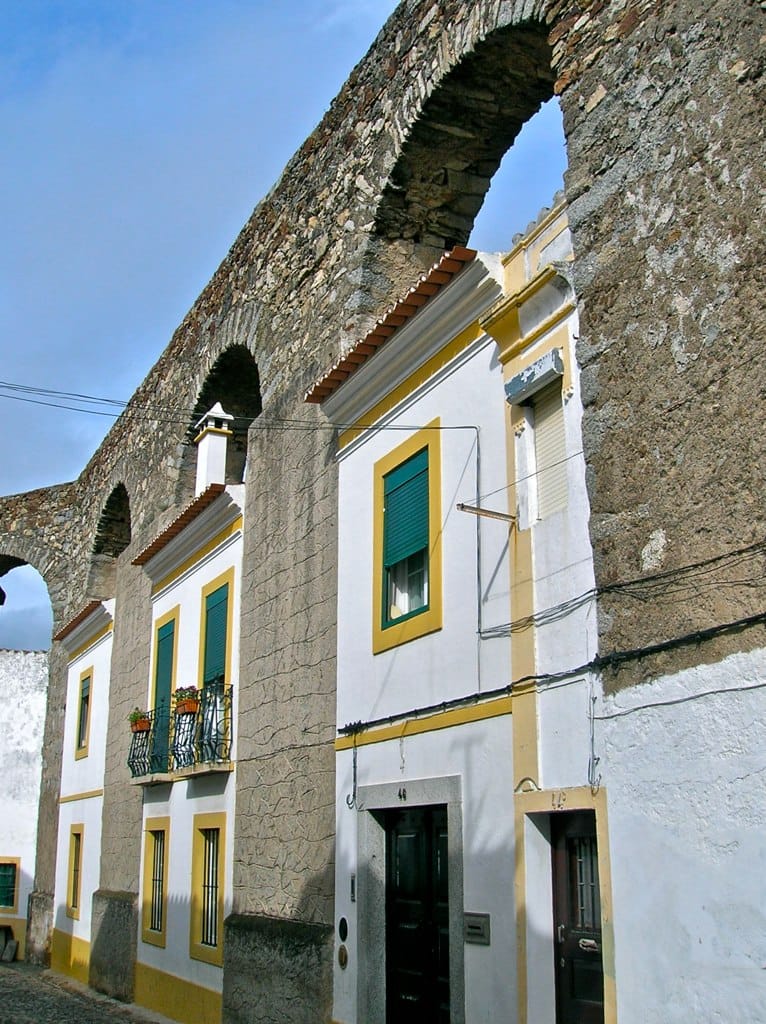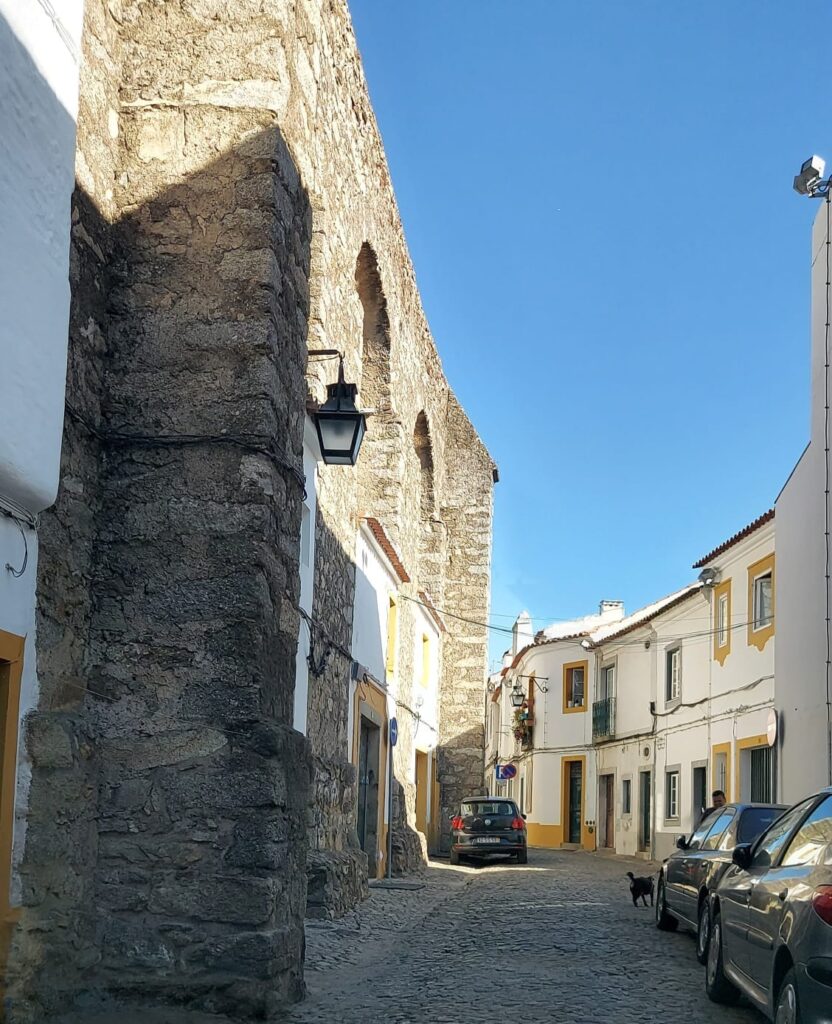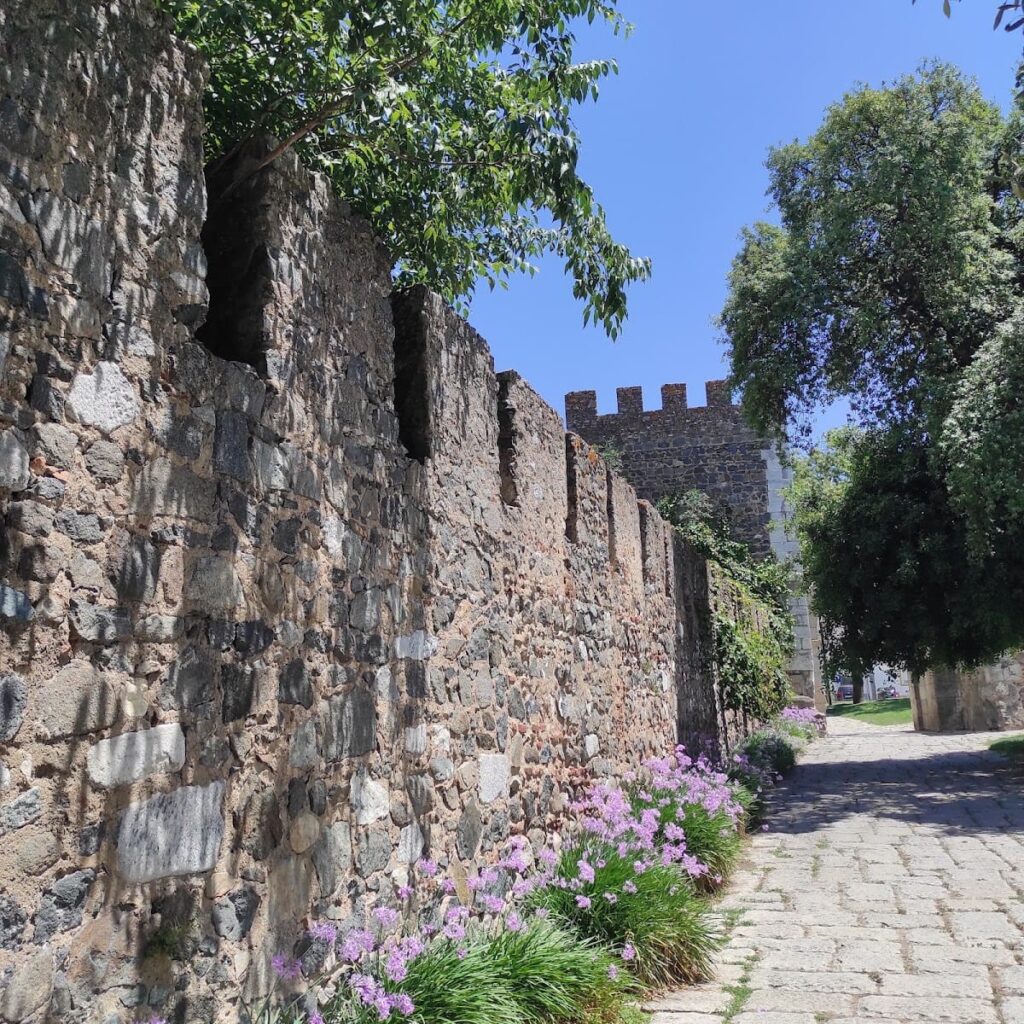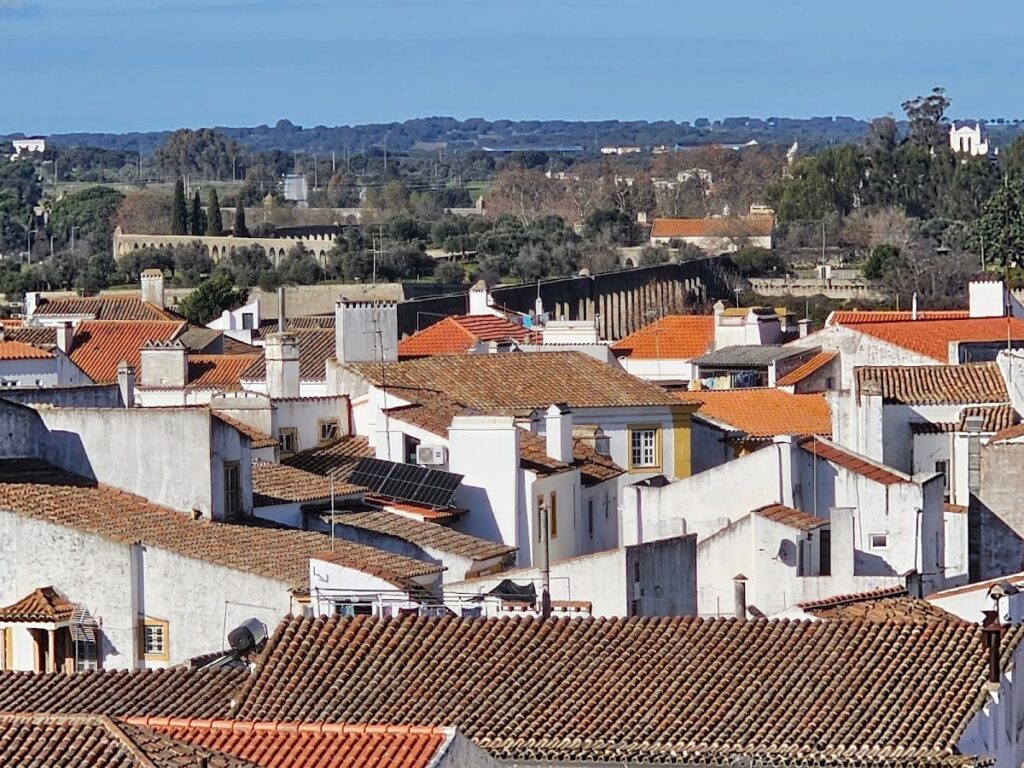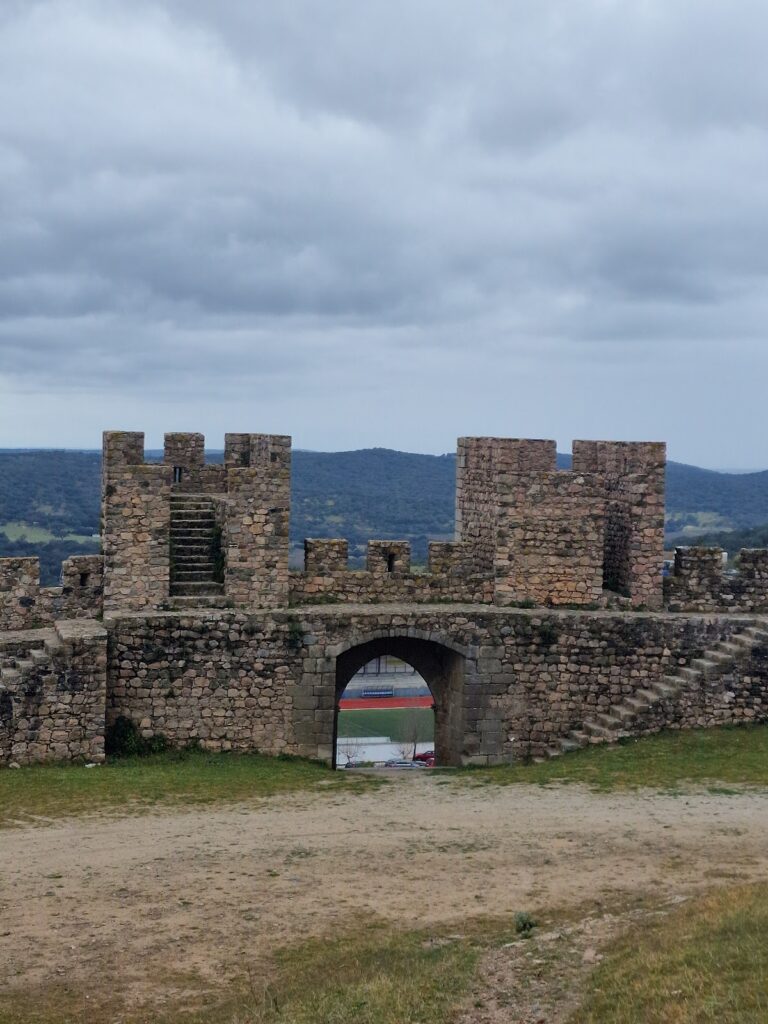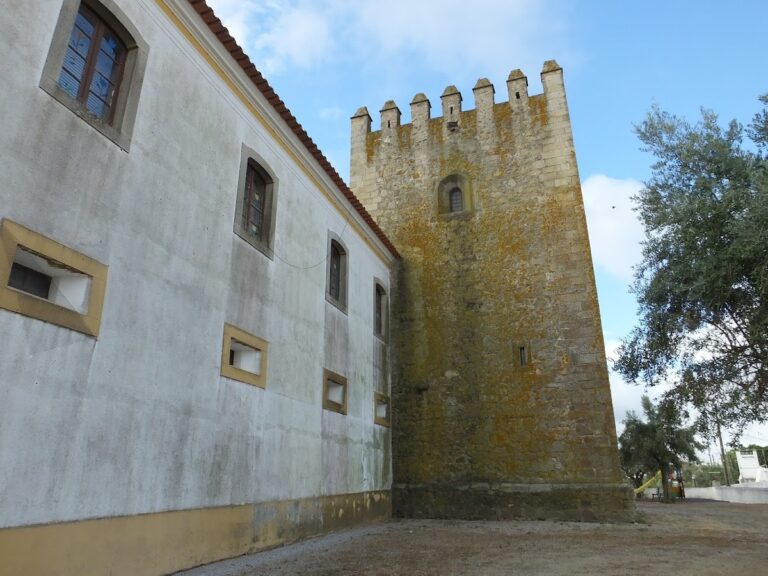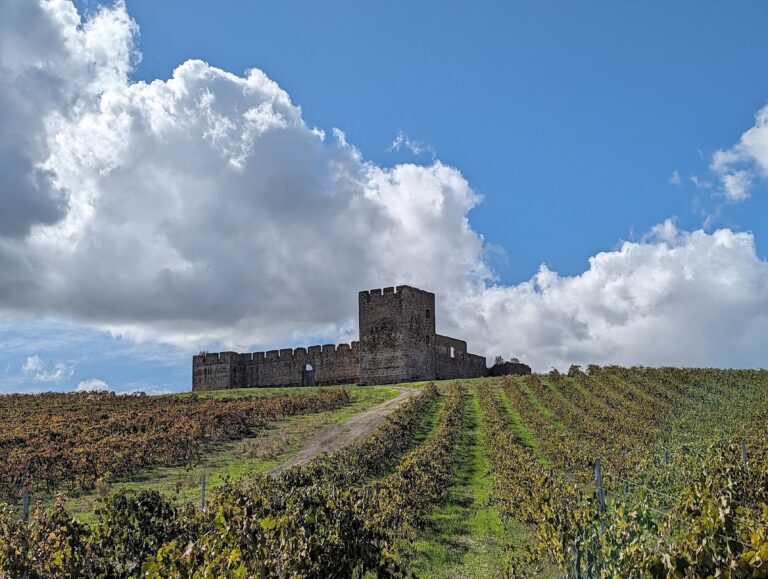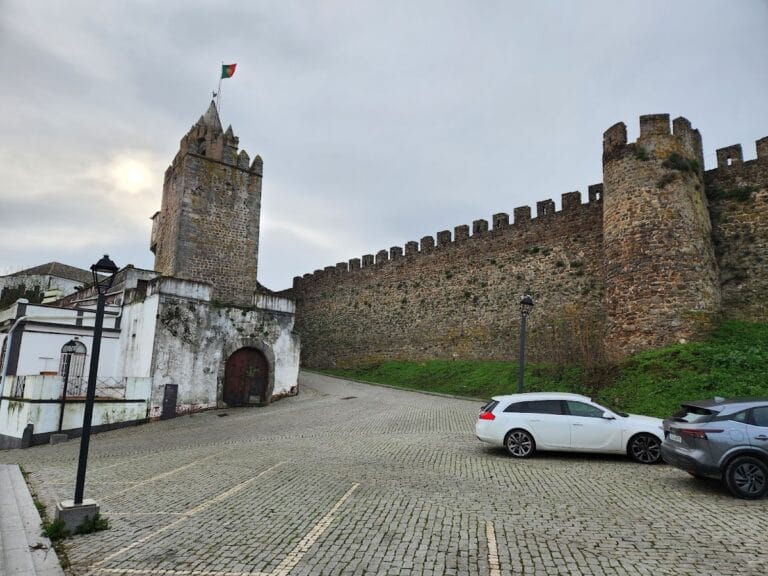Évora Aqueduct: Água de Prata
Table of Contents
Visitor Information
Google Rating: 4.5
Popularity: Medium
Google Maps: View on Google Maps
Country: Portugal
Civilization: Roman
Remains: Infrastructure
Introduction
The Água de Prata Aqueduct (Aqueduto da Água de Prata) in Évora, Portugal, is an example of early modern hydraulic engineering. Though often overshadowed by Roman aqueducts, its historical and architectural value is considerable. Recognized as a Portuguese National Monument since 1910, it remains a key part of Évora’s cultural and physical landscape.
Construction began in 1532 under King João III, with royal architect Francisco de Arruda overseeing the project. The aqueduct was built to bring water from springs at the Divor estate, approximately 18 kilometers northeast of Évora, into the heart of the city. Its design incorporated Renaissance-style piping and granite arches, and likely reused elements of an earlier Roman system, though no definitive remains have been confirmed.
Inauguration and Urban Integration
The aqueduct was completed in 1537 and formally inaugurated with a ceremony in Giraldo Square. A marble fountain adorned with lion sculptures and a triumphal Roman-style arch were unveiled during the event. Though the arch was later removed during remodeling works, the aqueduct’s urban presence remains substantial, with several houses in Évora built directly against or into its arches.
One of the more notable architectural features was the Fecho Real do Aqueduto, a Renaissance element located near São Francisco Church until its dismantling in 1873. Another is the Water Box on Rua Nova, supported by 12 surviving Tuscan columns. These structures emphasized the decorative and functional intentions behind early modern water systems. The aqueduct’s structural rhythm and masonry detail exhibit both engineering skill and aesthetic refinement typical of early 16th-century Iberian architecture.
Water Distribution Network
The aqueduct fed a gravity-based distribution system that included numerous fountains in the city center. Among these are the Portas de Moura fountain, the Giraldo Square fountain, Portas de Avis fountain, Chão das Covas fountain, and the fountain and tanks of Rossio de S. Brás. These structures, many still in place, reveal how water access was embedded into the fabric of public space. Each fountain was supplied via branches of the main channel, with some including sedimentation tanks to purify the flow.
Technical Specifications
The aqueduct’s arches vary in height, with some sections reaching nearly 20 meters. Its granite masonry is laid without mortar in key structural joints, demonstrating precise stone-cutting and a reliance on friction and compression. Channels at the top were lined with lime-based waterproofing materials. The gradient was carefully calculated to ensure steady flow without requiring mechanical assistance. Periodic inspection openings and maintenance hatches were integrated at intervals to allow cleaning and repairs.
Maintenance and Modifications
Significant maintenance began in the 17th century during the Guerras da Restauração, when water infrastructure gained renewed strategic importance. Further restoration occurred in the 19th and 20th centuries, though much of the original design has been preserved. Written records and construction documents from these periods show a clear effort to remain faithful to Francisco de Arruda’s original engineering vision. The aqueduct’s continued function across centuries reflects its robust construction and ongoing civic value.
Cultural and Historical Impact
The aqueduct’s presence influenced the urban form of Évora, guiding development patterns in both the 16th century and later eras. It served not only as infrastructure but also as a symbol of civic modernization and royal patronage. The commissioning of the aqueduct during João III’s reign coincided with broader efforts to elevate Évora as a political and ecclesiastical center within the Portuguese realm. The project aligned with the Renaissance emphasis on rational design and public utility.
Roman Influence and Departures
Although constructed in the 16th century, the Água de Prata Aqueduct drew inspiration from Roman engineering practices, particularly in its use of arches, gravity-fed flow, and careful gradient control. The reuse of an earlier Roman route or components is probable, given Évora’s Roman heritage. The layout mirrors the Roman emphasis on integrating infrastructure with urban planning.
However, unlike Roman aqueducts, which often featured opus caementicium and standardized construction elements across the empire, the Água de Prata utilized granite masonry typical of local Iberian resources. Its ornamental features, such as Tuscan columns and triumphal arches, reflect Renaissance aesthetics more than Roman utilitarianism. Additionally, while Roman aqueducts often supplied massive urban populations and monumental baths, the Água de Prata was scaled to fit a smaller Renaissance city, blending civic utility with architectural symbolism.
